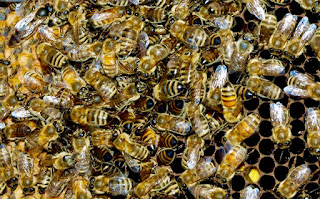SCIENCE MAGAZINE Western Canada shed its icy cover a thousand years earlier than previously thought, and the circumstances of the ancient glacial retreat can help understand present-day climate patterns. A new study provides the new glacial retreat timeline based on an analysis of moraine samples. Researchers collected samples of deposits that formed after the Cordilleran Ice Sheet, which covered large portions of western Canada, retreated. Using beryllium isotopes to date the samples, the authors found that the CIS may have in fact been largely melted by 14,000 years ago, while newer, smaller alpine glaciers sprung up in pockets between the newly-bared mountain peaks. Researchers also used simulations to show how warm temperatures during the late Pleistocene era contributed to CIS's early retreat, which had, in turn, contributed to a significant rise in sea level at the time. According to the authors, CIS response to abrupt climate change could be a model for the




